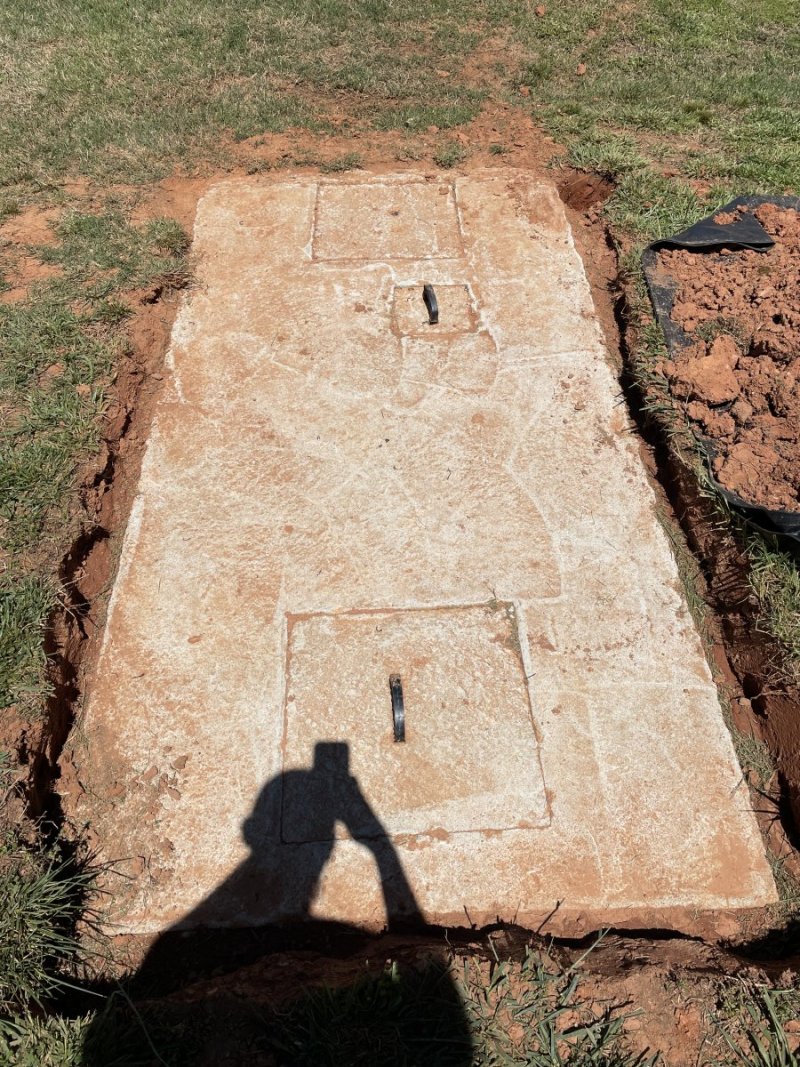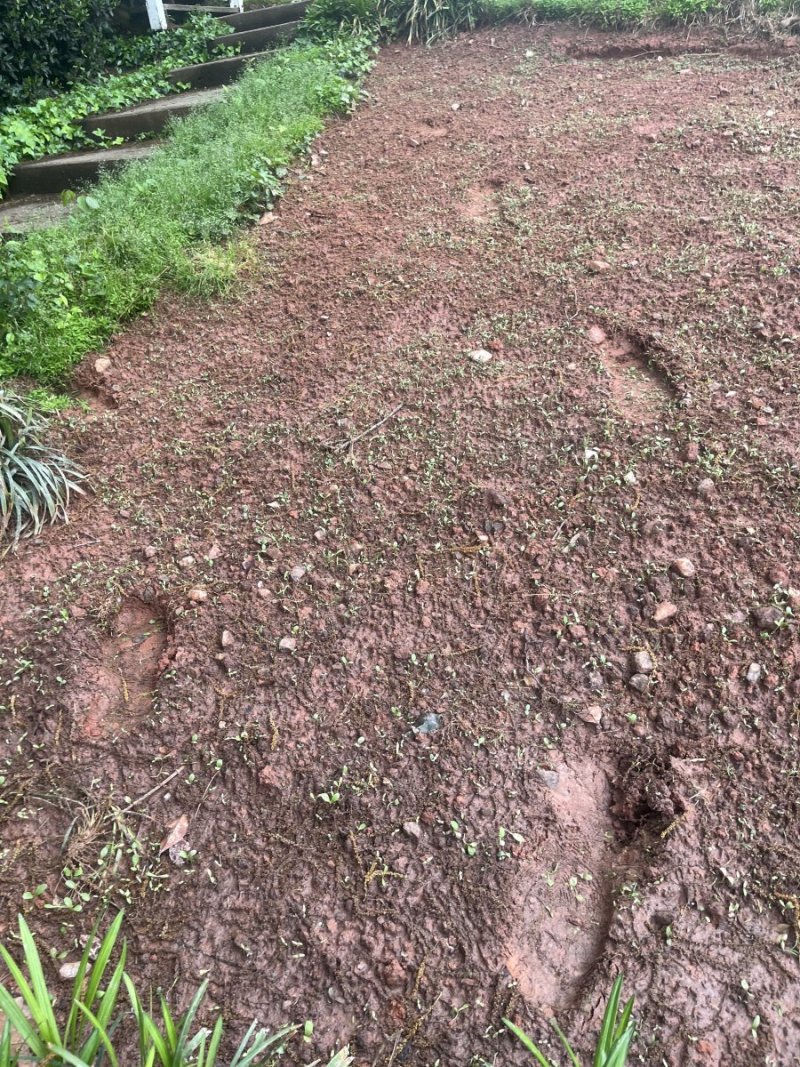Scorpius, you bet! Happy trails and may God bless America.Does the lil girl shriek come with it lol
Navigation
Install the app
How to install the app on iOS
Follow along with the video below to see how to install our site as a web app on your home screen.
Note: This feature may not be available in some browsers.
More options
-
ODT Gun Show this Saturday! - Click here for info and tickets!
You are using an out of date browser. It may not display this or other websites correctly.
You should upgrade or use an alternative browser.
You should upgrade or use an alternative browser.
What kind of spider is this?
- Thread starter spistols
- Start date
Looks like a WOLF spider
- Joined
- Dec 18, 2014
- Messages
- 155,526
- Reaction score
- 436,184
- Location
- Suwanee, Georgia 30024 United States
Here ya go. The Arboreal Orbweaver/Hentz Orbweaver (Nescona crucifera) is primarily a nocturnal species and it rebuilds its web every night. Like most spiders, it is a beneficial species because it consumes a number of insects.
This spider has one of the widest color and modeling pattern variations of any spider species. Some individuals are very drab with little coloration (often classified as the plain form) while others are very boldly colored (the bold form). The bold form is so brightly colored that it often gets mistaken for Neoscona domiciliorum (the Spotted Orbweaver) . The Arboreal Orbweaver is often distinguished by a cross-shaped marking on its abdomen, but this can be faded or difficult to see in the plain form. It is much easier seen on the bold form. This orbweaver also has red femurs (the first large section of the leg attached to the body), but these are also difficult to see in the plain form. The legs of this spider are banded with alternating light and dark bands. Overall, it is usually brownish to orange in color with some species being extremely dark and others, particularly in the northern portion of its range, being almost white. The females of this species range from about 9 to 20 mm in length while the males range from about 5 to 15 mm long. Bites from these spiders are not known to be harmful to humans.
The Arboreal Orbweaver is mostly found in the eastern portion of the U.S. but its southern range extends west to California. It is found in deciduous woods and suburban areas with trees and shrubs. The orb portion of the web may be nearly 2 feet in diameter. It often builds its webs near porches with lights or outside windows with lights on the inside. Often the upper portion of the web is attached to the gutter of the house with the bottom portion being attached to a shrub or to the ground. This spider is generally hidden during the day under the eaves or on tree branches and rebuilds its webs at night; however, adult females have been known to leave their webs up and hunt throughout the day.
View attachment 3295154
Wow, Good information Thanks!
Here ya go. The Arboreal Orbweaver/Hentz Orbweaver (Nescona crucifera) is primarily a nocturnal species and it rebuilds its web every night. Like most spiders, it is a beneficial species because it consumes a number of insects.
This spider has one of the widest color and modeling pattern variations of any spider species. Some individuals are very drab with little coloration (often classified as the plain form) while others are very boldly colored (the bold form). The bold form is so brightly colored that it often gets mistaken for Neoscona domiciliorum (the Spotted Orbweaver) . The Arboreal Orbweaver is often distinguished by a cross-shaped marking on its abdomen, but this can be faded or difficult to see in the plain form. It is much easier seen on the bold form. This orbweaver also has red femurs (the first large section of the leg attached to the body), but these are also difficult to see in the plain form. The legs of this spider are banded with alternating light and dark bands. Overall, it is usually brownish to orange in color with some species being extremely dark and others, particularly in the northern portion of its range, being almost white. The females of this species range from about 9 to 20 mm in length while the males range from about 5 to 15 mm long. Bites from these spiders are not known to be harmful to humans.
The Arboreal Orbweaver is mostly found in the eastern portion of the U.S. but its southern range extends west to California. It is found in deciduous woods and suburban areas with trees and shrubs. The orb portion of the web may be nearly 2 feet in diameter. It often builds its webs near porches with lights or outside windows with lights on the inside. Often the upper portion of the web is attached to the gutter of the house with the bottom portion being attached to a shrub or to the ground. This spider is generally hidden during the day under the eaves or on tree branches and rebuilds its webs at night; however, adult females have been known to leave their webs up and hunt throughout the day.
View attachment 3295154
20mm is a far cry from 5 inches...not the same spider....looks like a wolf spider to me...they get pretty big around here. Big enough that you can find them at night by there eyes with a flashlight from across the yard...
This one here gave me a good scare just this morning. Thankfully I didn't have to sit down and go #2 !!
Anybody know if it's poisonous or not?

Anybody know if it's poisonous or not?
I also think it's a Wolf spider, they get really big and I think they eat other spiders.
Scary looking to some, but they are harmless.
This one was more than 5 inches across, I actually heard it walking across the block wall.

Scary looking to some, but they are harmless.
This one was more than 5 inches across, I actually heard it walking across the block wall.
The spider the OP posted is NOT an orb weaver. Similar markings, but not the same. The spider he posted is a ground hunting spider, I don’t know what species but it is not a web spider like the orb weaver family. Notice the different shape and size of the abdomen, and how the spider is flattened out.Here ya go. The Arboreal Orbweaver/Hentz Orbweaver (Nescona crucifera) is primarily a nocturnal species and it rebuilds its web every night. Like most spiders, it is a beneficial species because it consumes a number of insects.
This spider has one of the widest color and modeling pattern variations of any spider species. Some individuals are very drab with little coloration (often classified as the plain form) while others are very boldly colored (the bold form). The bold form is so brightly colored that it often gets mistaken for Neoscona domiciliorum (the Spotted Orbweaver) . The Arboreal Orbweaver is often distinguished by a cross-shaped marking on its abdomen, but this can be faded or difficult to see in the plain form. It is much easier seen on the bold form. This orbweaver also has red femurs (the first large section of the leg attached to the body), but these are also difficult to see in the plain form. The legs of this spider are banded with alternating light and dark bands. Overall, it is usually brownish to orange in color with some species being extremely dark and others, particularly in the northern portion of its range, being almost white. The females of this species range from about 9 to 20 mm in length while the males range from about 5 to 15 mm long. Bites from these spiders are not known to be harmful to humans.
The Arboreal Orbweaver is mostly found in the eastern portion of the U.S. but its southern range extends west to California. It is found in deciduous woods and suburban areas with trees and shrubs. The orb portion of the web may be nearly 2 feet in diameter. It often builds its webs near porches with lights or outside windows with lights on the inside. Often the upper portion of the web is attached to the gutter of the house with the bottom portion being attached to a shrub or to the ground. This spider is generally hidden during the day under the eaves or on tree branches and rebuilds its webs at night; however, adult females have been known to leave their webs up and hunt throughout the day.
View attachment 3295154
- Joined
- Feb 7, 2013
- Messages
- 65,944
- Reaction score
- 74,051
Yep. Wolf.
Pet it.
Pet it.
Similar threads
- Replies
- 34
- Views
- 1K













